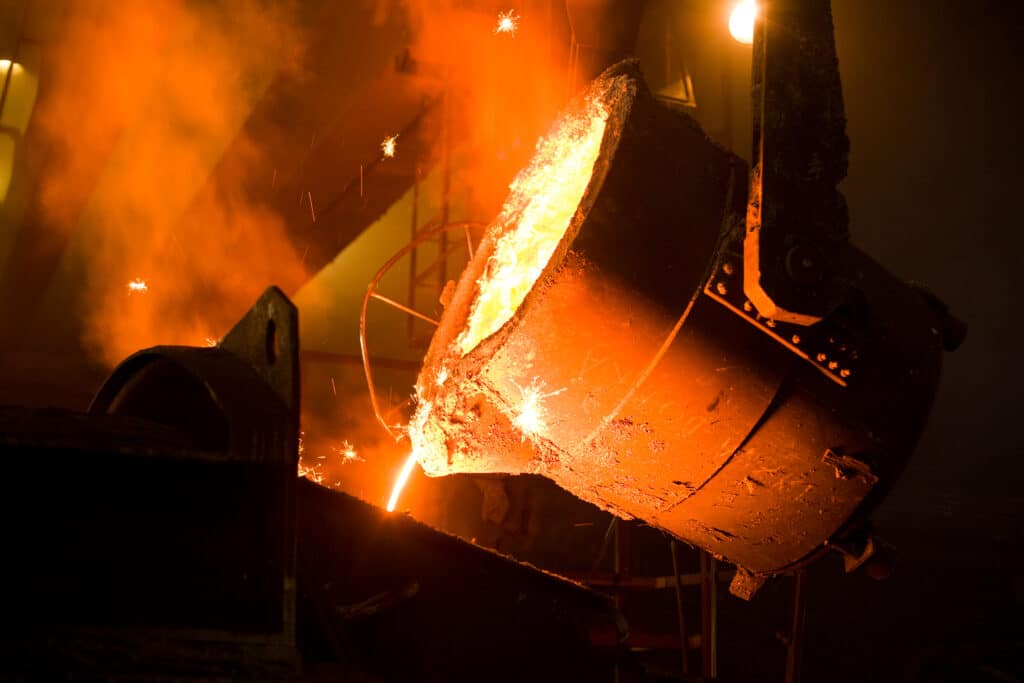
As we move into traditionally more active period of the calendar, the steel market continues to be more volatile than historic norms, with relatively quick swings in pricing both up and down.
The small increases we have seen in lead-times across the supply chain are following their normal, seasonal trend as they begin to fall back towards historically normal levels – we are seeing this start to happen already.
We have likely reached another inflection point in the mill PO pricing, after 5 consecutive months of increasing costs, we are seeing the first glimmers of correction returning to the market. Mill pricing for May is likely to show generally sideways, if not slightly downwards pricing. Please remember any orders placed in May are for June production in the mills and will not show in the marketplace until July/August. This will flow through to the end-customer base in 60-90 days.
Total steel production output continues to march slowly upwards. SDI Sinton continues to progress towards higher utilization and the imminent exit from AHMSA’s bankruptcy is causing some relaxation in the Mexican supply side. It’s unlikely that the AHMSA mills will be back to normal production levels before the end of Q3, but it seems that the material availability from Mexico has improved slightly. Overall, the utilization remains around the 75% mark, well below the dizzy heights of 2022 production levels.
Steel futures are still bearish in their outlook, showing a return to the downward trend, albeit at a higher than historic baseline. The changes of the futures over time have reduced, indicating equilibrium has been reached.
There are currently no significant areas of supply shortage, 24g has been a challenge recently due to exceeding the current monthly forecast by 80% and 29g Galvalume has seen a sharp increase in demand in the past month due to some specific market dynamics with a specific competitor. The relatively high cost of material over the past several months is likely to drive an increase in the market for another cycle before softening and reversing direction.
In the wider economy, there are still many factors impacting the construction segment. The continuing increases in interest rates are expected to dampen the market, preventing existing home-owners (with attractive mortgage interest rates) from selling their existing property, this has somewhat counterintuitively increased the demand for new home construction which has seen something of an uptick. Commercial sectors have so far remained strong with demand continuing unabated. Animal confinement is starting to pick up some pace, with more projects being quoted.